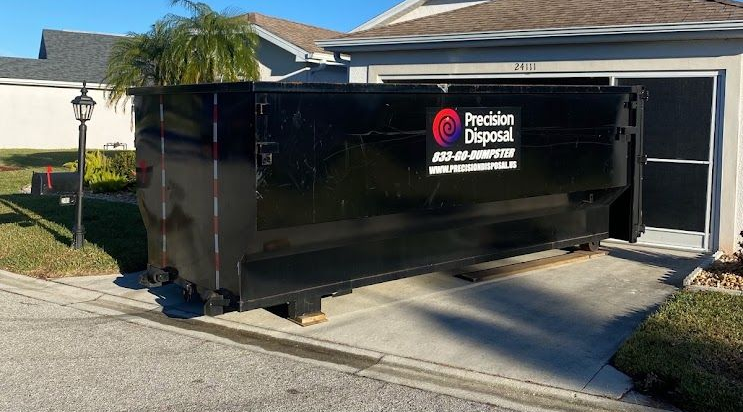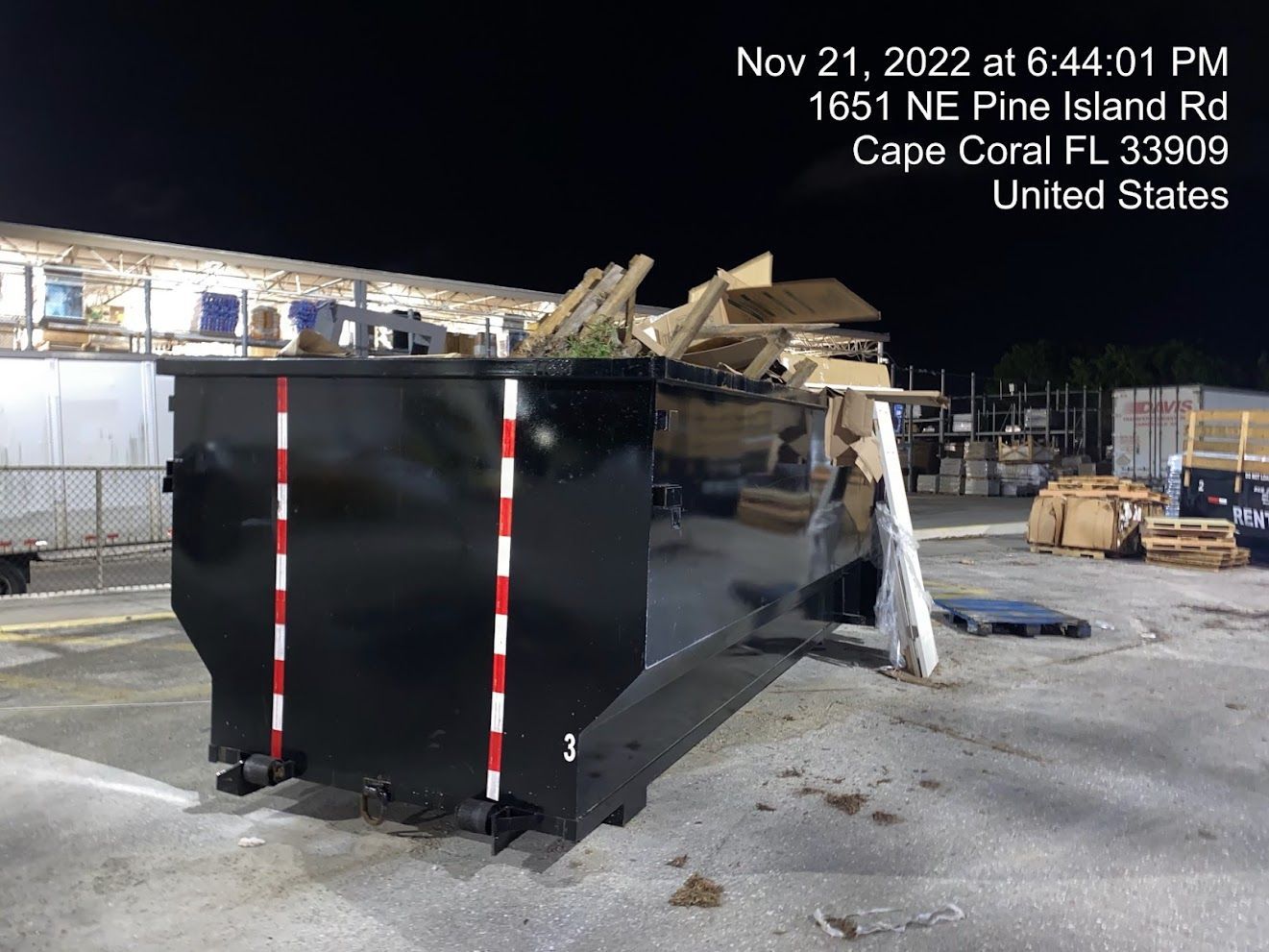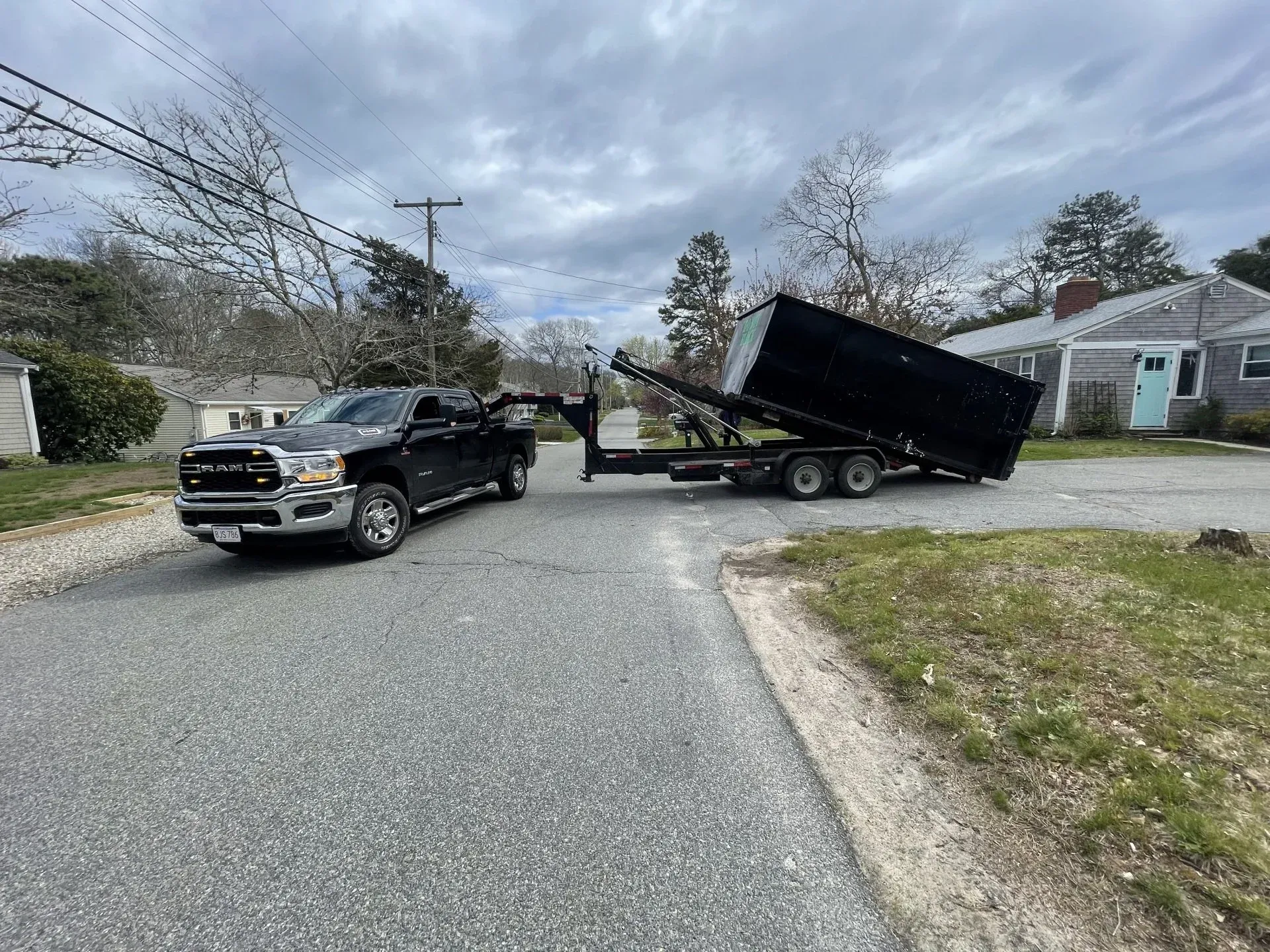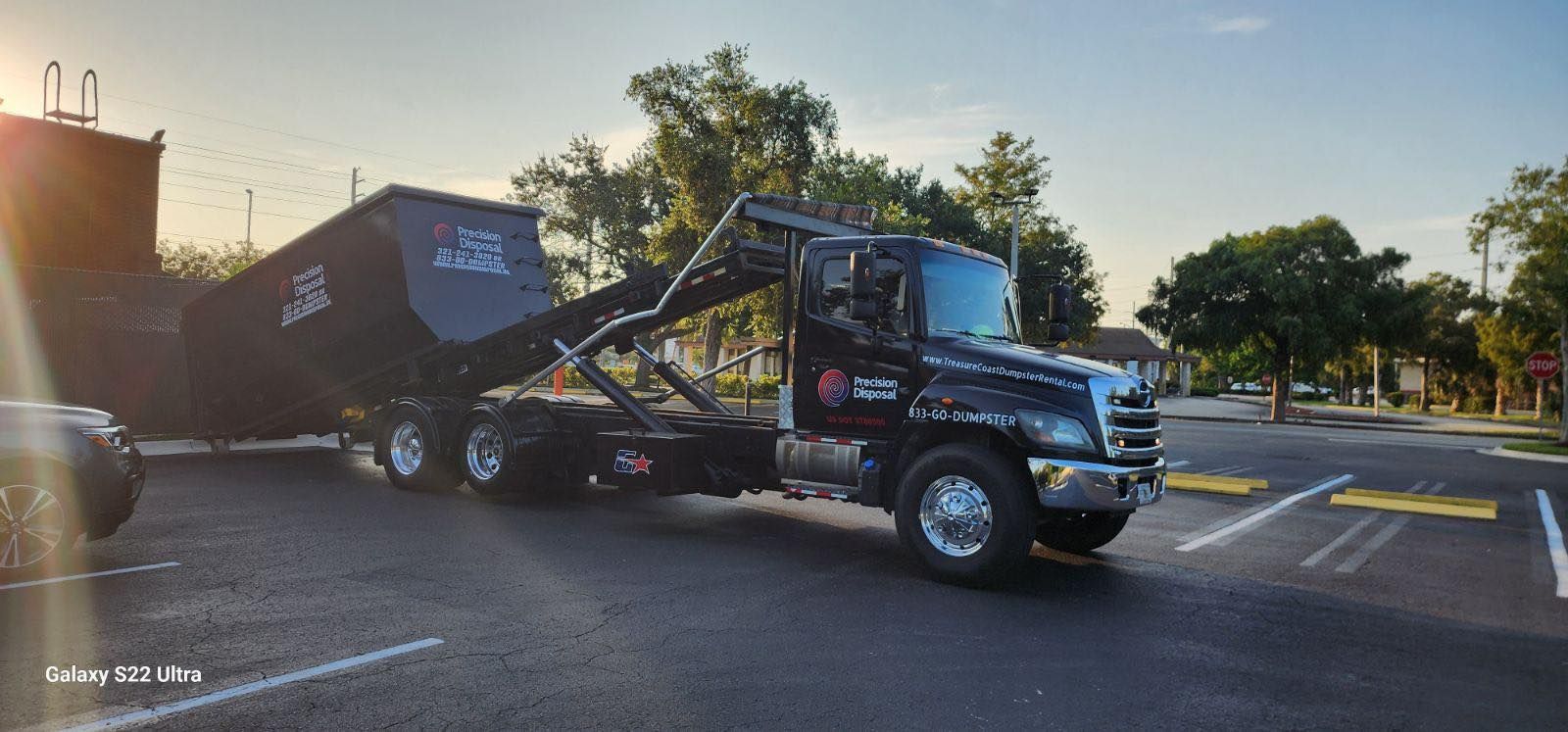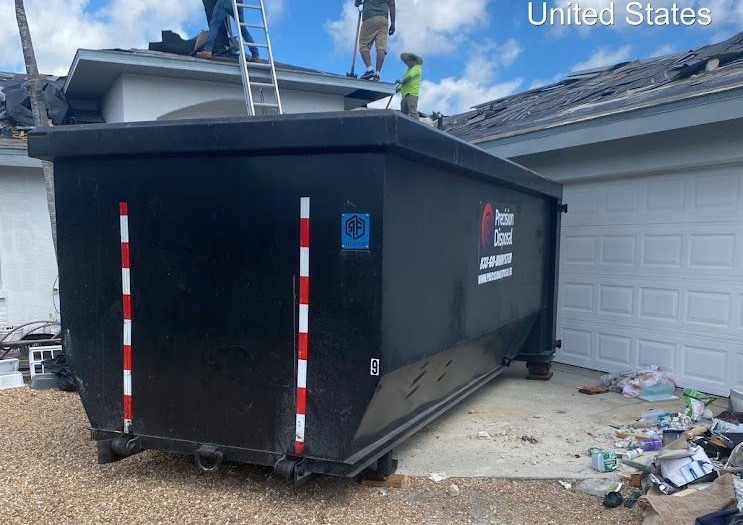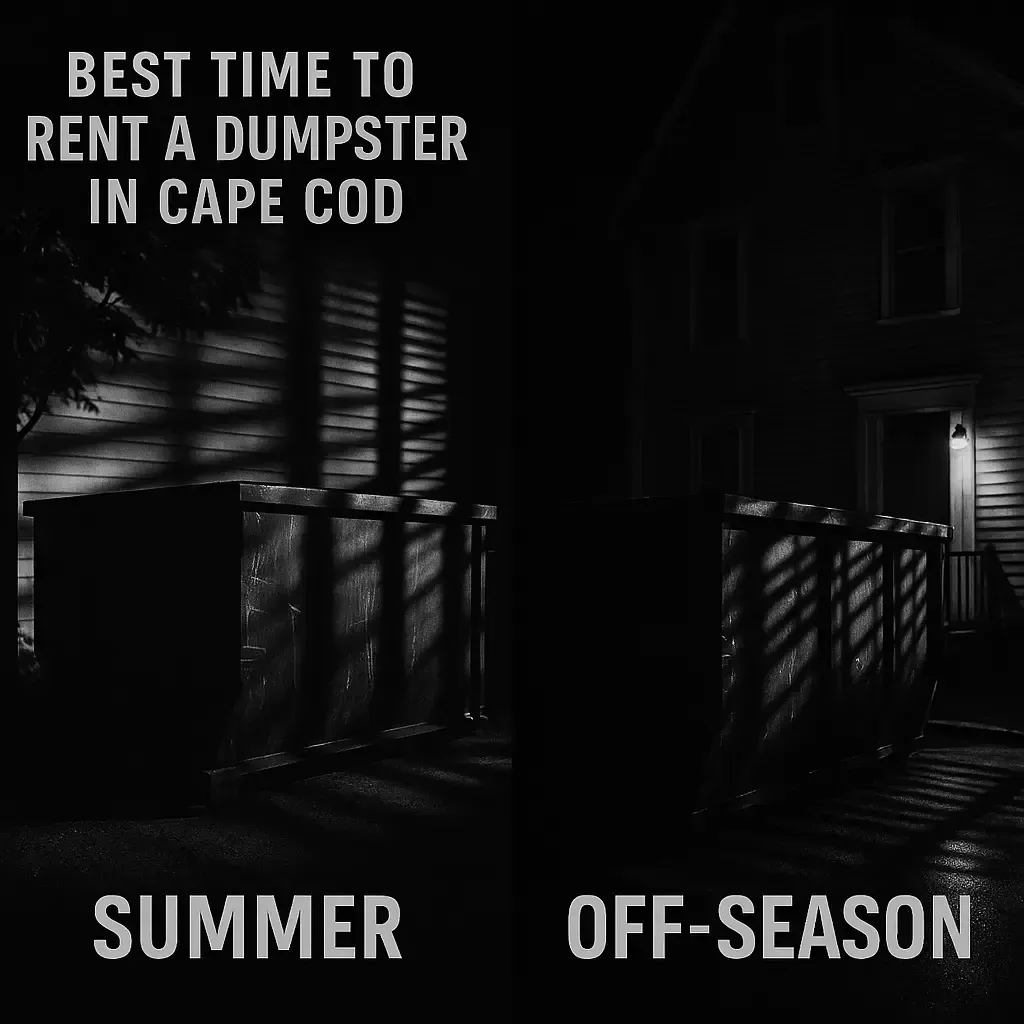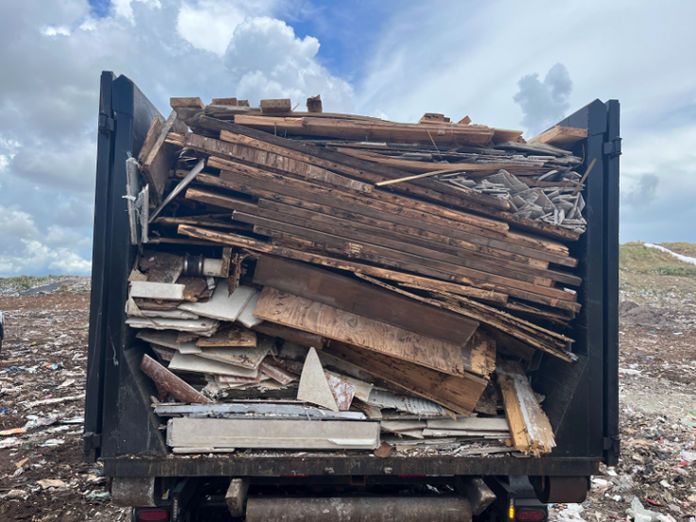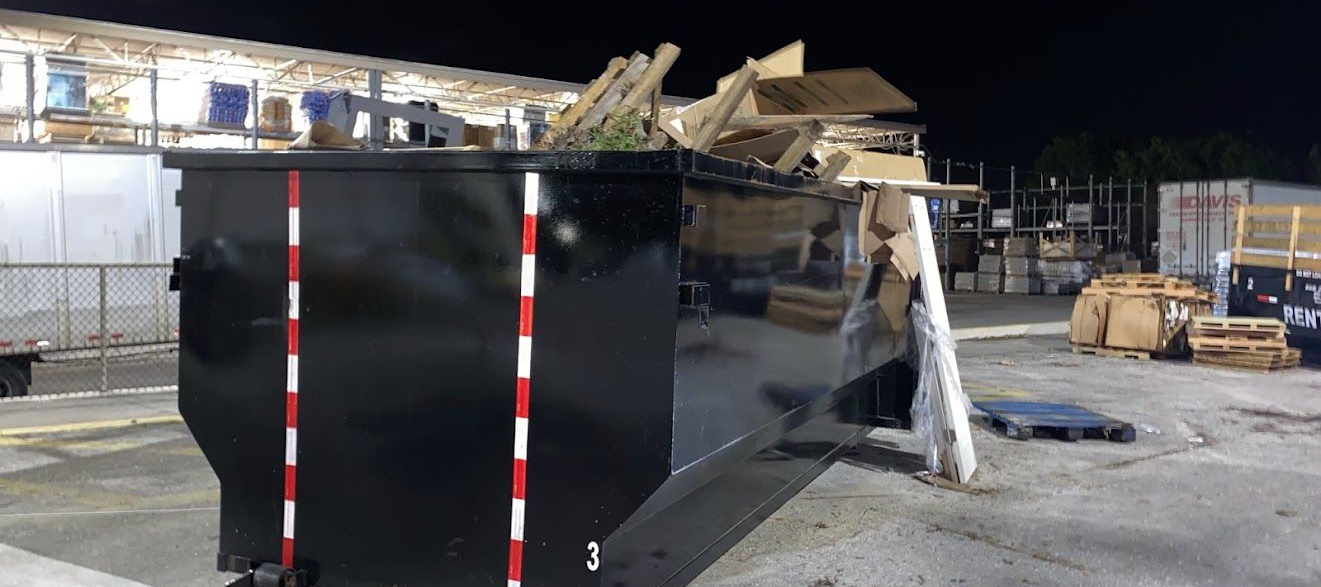Spring Project Kickoff 2025: Dumpster Timeline from Quote to Pickup
Spring Dumpster Rental- A favorite among most
You don’t miss deadlines because of demolition—you miss them because the container wasn’t spec’d right, set right, or pulled on time. Here’s a blunt, step-by-step plan that keeps projects moving and invoices predictable.
1) Quote the job like a pro (10 minutes that saves days)
- Choose by density first, volume second.
- Heavy debris (concrete, brick, dirt, tile, plaster, shingles): use 10 or 15 yd, or run a 25/30 if you keep it flat and at/below the rails and pull on time.
- Light/bulky (furniture, drywall, millwork, cardboard): 20 / 25 / 30 yd.
- Lock the money math, in writing. Ask:
- Included tonnage (allowance vs. minimum)
- Overages pro-rated from certified scale tickets (no quarter/half-ton “round-ups”)
- Rental window and daily rate if you go over
- Trip/relocation/wait charges
- Restricted items policy (batteries, tanks, mercury, refrigerants, tires)
2) Prep the site so set/pick takes 5 minutes, not 45
- Placement: choose a flat, hard pad; plywood on pavers/asphalt to spread load.
- Approach: keep a straight 60–80 ft run-up and 10–12 ft of overhead clearance.
- Access: cars out of the swing path; gate codes active; one on-site contact who answers the phone.
- Mark the box. Spray paint or cones where the rails should land—no guessing when the truck arrives.
3) Load like you’ve done this before (because you have)
- Heavy base first—concrete/tile/roofing/plaster laid low and centered front-to-back.
- Fill corners with lighter debris to kill voids.
- Break down cabinets, doors, and furniture; remove fridge doors after certified recovery.
- Latch the door and only then top off lightly from the sides.
- Stop at the rail. If the tarp can’t sit flat, it’s not going anywhere.
4) Safety & compliance (a 60-second reality check)
- Overfilled = road hazard. Debris above the rails becomes projectiles and gets loads refused.
- Overweight = mechanical risk. Longer stopping distance and extra stress on axles/hoists. Weight lives low and centered—set it up that way.
5) Pulls, swaps, and keeping your schedule clean
- Roofing or dense debris days: put a pull on the calendar before lunch so crews never heap.
- Multi-trade sites: assign the can to one boss who calls the shots. Everyone else follows the stop-line rule.
Massachusetts (MA): How to keep legacy materials from nuking your tonnage
- Older structures = dense debris. Plaster/lathe, chimney brick, and thick subfloors push weight fast; don’t size by room count—size by material.
- Drive/placement discipline. Tight village streets require exact drop angles. Mark the pad and the approach or expect trip fees.
- Sorting pays. Mattresses and certain e-waste are often diverted; stage them separately to avoid contamination charges.
- Winter carryover in early spring. Sand/salt residue on drives creates slick approaches—sweep the run-up so pickup doesn’t fail.
Rhode Island (RI): Tight sites, strict approaches, smooth ops
- Historic districts and coastal streets. Plan the line-up; a 30 can fit if the approach is straight.
- HOA and village rules. Confirm set/pick windows; many towns want nothing blocking lanes during commute hours.
- Lean containers for dense guts. For plaster/brick demo, run 10/15 yd or keep a 25/30 strictly flat and call pull at the stop line—don’t gamble.
- Paper trail. If the town wants an obstruction permit for curb lane work, print or screenshot it. Drivers love paper.
SWFL / Florida: High-efficiency placement & condo/HOA realities
- Pavers everywhere. Lay 3/4" plywood under rails/wheels; it’s cheaper than repairing decorative stone.
- Condo logistics. Elevators, concierge desks, narrow service lanes—book exact windows; we’ll hit them.
- Roofing and tile are common. Use 25/30 for asphalt roofing (square-based), keep it flat; tile is dense—expect earlier pulls for the same squares.
- No guesswork on restricted items. Tanks, batteries, mercury—stage aside. If you’re not sure, text us a photo.
Ready to lock your dates?
Tell us your debris mix and address.
Precision Disposal will spec the size, mark the drop, and schedule pickup so you finish on time.

